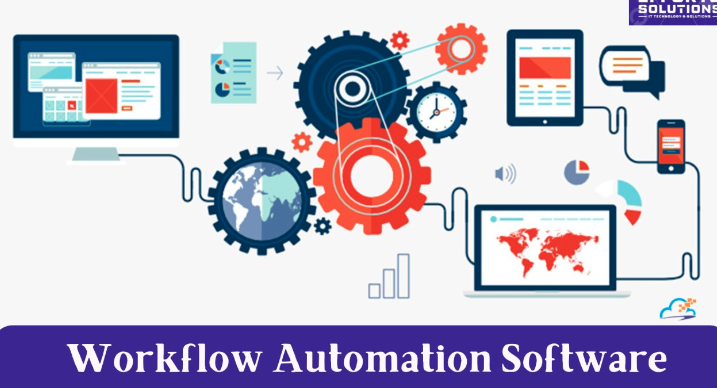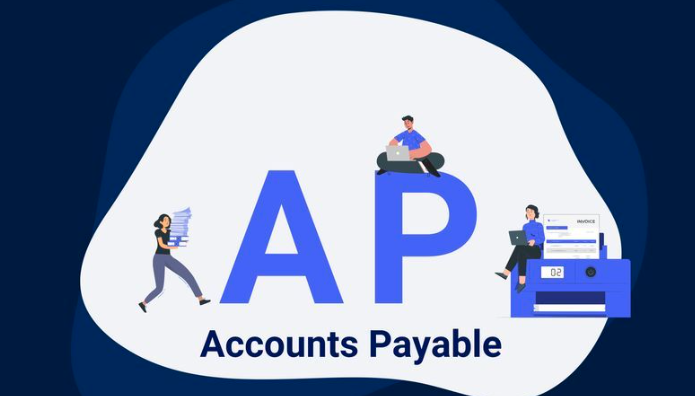
In today's fast-paced digital landscape, businesses are continually seeking ways to gain a competitive edge. One of the most effective methods to achieve this is through SaaS launch automation. This innovative approach not only streamlines the process of bringing software as a service (SaaS) products to market but also alleviates the stress often associated with launching new software solutions. Let’s explore the key benefits of SaaS launch automation and how it can help your business scale faster while stressing less.
Understanding SaaS Launch Automation
SaaS launch automation refers to the use of automated tools and platforms that facilitate the entire lifecycle of a SaaS product launch. From initial planning and development to marketing and customer onboarding, automation tools can help manage these processes efficiently. By leveraging automation, companies can reduce manual tasks, minimize errors, and enhance overall productivity.
The Benefits of SaaS Launch Automation
Implementing SaaS launch automation offers numerous advantages that can significantly impact your business’s success. Here are some of the most notable benefits:
1. Accelerated Time to Market
One of the most significant benefits of SaaS launch automation is the ability to scale faster. Automated workflows can dramatically reduce the time required to take a product from concept to launch. By automating repetitive tasks, teams can focus on higher-value activities such as strategy, innovation, and customer engagement. This means you can seize market opportunities more quickly than your competitors.
2. Enhanced Collaboration
Automation tools often include features that promote collaboration among team members. This is particularly crucial during a product launch, where multiple departments—such as development, marketing, and customer support—must work in harmony. With SaaS launch automation, teams can share updates, track progress, and manage tasks seamlessly, reducing miscommunication and ensuring everyone is on the same page.
3. Improved Accuracy
Manual processes are prone to human error, which can lead to costly mistakes during a product launch. By automating repetitive tasks, you can significantly enhance the accuracy of your operations. This means fewer bugs in your software, more precise marketing campaigns, and a smoother onboarding experience for new customers. The result? A more polished product that meets customer expectations from day one.
4. Greater Scalability
As your business grows, the demand for your SaaS products may increase. SaaS launch automation allows you to scale your operations without the need for significant additional resources. Automation systems can handle increased workloads, manage customer inquiries, and support larger marketing campaigns, all while maintaining operational efficiency.
Key Components of SaaS Launch Automation
To fully leverage the power of SaaS launch automation, it’s essential to understand the key components involved. Here are some critical elements:
- Project Management Tools: Platforms like Trello or Asana help organize tasks, track progress, and assign responsibilities.
- Marketing Automation: Tools such as HubSpot or Mailchimp streamline email campaigns, social media posts, and customer outreach.
- Customer Onboarding Solutions: Software like Userlane or WalkMe can automate the onboarding process, providing users with guided tours and tutorials.
- Analytics and Reporting: Systems that provide insights into user behavior, sales performance, and marketing effectiveness help you optimize your strategy.
Chart: The SaaS Launch Automation Process
The following chart illustrates the typical steps involved in the SaaS launch automation process:
| Step | Description |
|---|---|
| 1. Ideation | Brainstorm and validate ideas for the SaaS product. |
| 2. Development | Utilize automated tools for coding, testing, and quality assurance. |
| 3. Marketing Strategy | Create and implement an automated marketing plan. |
| 4. Launch | Execute the launch with automated notifications and campaigns. |
| 5. Customer Onboarding | Utilize automated onboarding tools to enhance user experience. |
| 6. Feedback and Iteration | Collect user feedback and analyze performance metrics. |
Overcoming Common Challenges
Despite the advantages, some businesses may hesitate to adopt SaaS launch automation. Common challenges include resistance to change, initial setup costs, and the learning curve associated with new tools. However, the long-term benefits often outweigh these challenges. Investing in training and gradually integrating automation can lead to smoother transitions and more effective operations.
Conclusion
In an era where speed and efficiency are critical, SaaS launch automation emerges as a powerful solution for businesses looking to scale faster and stress less. By automating key processes, companies can enhance collaboration, improve accuracy, and ultimately deliver better products to their customers. Embrace the power of automation, and watch your SaaS venture thrive.









